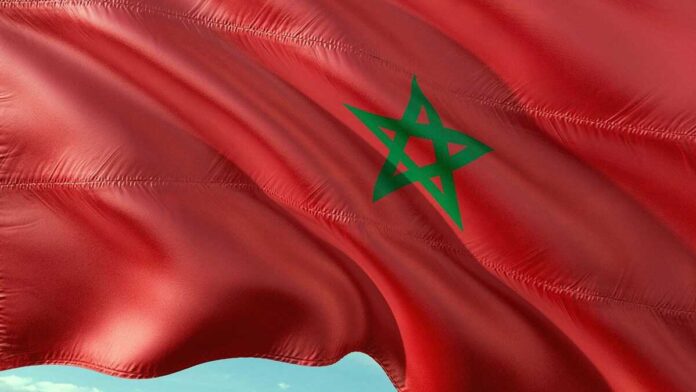Amid a global environment fraught with uncertainty, Morocco’s economy is set to embark on a cautiously optimistic path in 2025. Driven by strategic initiatives, a gradual recovery in agriculture, and the steady growth of non-agricultural sectors, the country is demonstrating resilience. However, challenges related to external demand and geopolitical pressures remain significant hurdles.
Agriculture: A promising recovery amid persistent challenges
Following a 5% contraction in 2024, Morocco’s agricultural sector is expected to bounce back with a projected growth of 4.1% in 2025. This resurgence is largely attributed to improved weather conditions and favorable rainfall early in the year. Despite these positive signals, recurring droughts and the ongoing struggle to rebuild livestock herds continue to weigh on the sector.
The primary sector, which also encompasses maritime fishing, is forecasted to contribute positively to the country’s GDP, with an overall growth of 4.2%. This performance underscores the government’s commitment to bolstering this vital pillar of the national economy through targeted policies and support programs.
Non-agricultural sectors powering economic diversification
Non-agricultural sectors, the backbone of Morocco’s economic diversification, are expected to grow by 3.6% in 2025. The industrial sector—accounting for 59% of secondary value-added activities—stands out with robust expansion, particularly in the chemical and transport industries. Strong external demand and sustained foreign investments in key areas such as automotive manufacturing and electric battery production are driving this momentum.
The construction sector, recovering from setbacks in 2023, continues to benefit from large-scale infrastructure projects, particularly in water and energy sectors, as well as post-crisis reconstruction initiatives. Meanwhile, the tourism industry, which enjoyed an exceptional performance in 2024, is maintaining its upward trajectory, contributing significantly to the 3.5% growth expected in the services sector.
Trade pressures despite export strength
Despite Morocco’s export strength in key sectors such as automotive, aerospace, and phosphate, the net external demand’s contribution to economic growth is expected to remain negative at -0.8 percentage points in 2025. While exports remain strong, rising imports—driven by domestic demand and industrial input needs—continue to challenge the trade balance. However, the recent decline in global commodity prices offers some relief, easing pressure on import costs.
The trade deficit is projected to improve slightly but will still represent 19.6% of GDP in 2025—higher than the average of the past decade, highlighting the need for continued efforts to enhance export competitiveness and reduce import dependency.
Domestic demand: The engine of growth
Domestic consumption remains a cornerstone of Morocco’s economic growth, fueled by social welfare measures, remittances from Moroccans living abroad (MRE), and wage increases. Household consumption is forecasted to grow by 3%, contributing 1.8 percentage points to GDP growth.
Investment, another key driver, is expected to rise by 6.7% in 2025, supported by government-friendly policies and increasing foreign investor confidence. Infrastructure projects and preparations for major international events are set to reinforce this upward trend, further stimulating economic activity.
Prudent fiscal management amid spending needs
On the fiscal front, Morocco continues to navigate the economic aftermath of the pandemic with caution. The budget deficit is projected to reach 3.9% of GDP in 2025, slightly higher than in 2024. This increase reflects expanded public investment and social subsidies, although gradual subsidy reforms—particularly for butane gas—and lower global prices are helping to contain overall spending.
A resilient yet vigilant outlook
With an anticipated GDP growth rate of 3.8% in 2025, Morocco showcases its ability to adapt and thrive in an uncertain global landscape. However, the road ahead is not without risks—geopolitical tensions, shifts in global trade policies, and inflationary pressures could pose significant challenges.
To sustain growth and resilience, Morocco must continue diversifying its economic partnerships, enhancing the competitiveness of strategic sectors, and strengthening social inclusion policies. These efforts will be crucial in securing long-term economic stability and prosperity.
